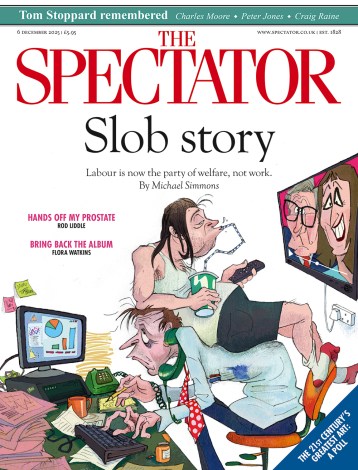When Tony Blair and his team were deciding which venue should host his first speech as Prime Minister after his landslide 1997 election victory, they did not choose Downing Street or Whitehall or Parliament. They instead chose a much more unlikely setting, the notorious Aylesbury council estate in south-east London. Why? Because New Labour presentational dark arts aside, it brutally epitomised the deprivation, devastation and despair of those Blair went on to refer to in his speech as ‘the forgotten people’, a dispossessed social diaspora with whom Britain’s failed council estates had become hopelessly synonymous.
It is these people we desperately need to invigorate. This is why Policy Exchange are calling for beauty to be restored to the heart of housebuilding, and for the creation of a new generation of exemplary council houses.
We need to dispense with the failed 1960s and 70s public housing model and instead restore the proud and pioneering tradition of early council housing. This tradition saw England build the world’s first council estate – London’s Boundary Estate – not as a high-rise antisocial dystopia but an urbane enclave of handsome mansion blocks and tree-lined avenues radiating from a landscaped circus.
Despite recognising how far Britain had strayed from this model, Blair did little to change course when he was in power. Both he and Brown built fewer council houses during their combined 13-year tenure than Thatcher did in her final year in office, a year which itself delivered the smallest annual number of new council houses of her 11-year premiership. This strategic constriction of social housing stock mirrored historic shortfalls in private housebuilding, both of which have now unsurprisingly metastasised into the housing crisis we see before us today.
There are sound fiscal reasons for building council houses. Britain’s housing benefit bill is set to mushroom from £25 billion today to almost £71 billion by 2050. This is greater than the entire annual budget of the Russian army. At a time of near-unprecedented fiscal burden on the public purse, it is increasingly untenable to justify the state effectively subsidising private landlords to allow those on low-incomes to live in areas that often retain some of the world’s highest urban property values.
the government has sought to side-line beauty as a legislative ambition at almost every available opportunity
This was not the intention of those social pioneers who established the Boundary Estate and its peers and it should not be the intention of modern government either. Redirecting capital investment into the construction of long-term, reusable public housing assets represents a far wiser use of taxpayers’ money.
To its credit, the current government has promised ‘the biggest wave of social housing for a generation’ and has placed social housing at the heart of its ambitious though unreachable target of building 1.5 million new homes by 2029. Building on changes to Treasury spending rules that first prompted the modest social housing upturn we have seen since the coalition government, this summer’s 2025 Spending Review pledged that £39 billion would be allocated for the next ten-year phase of the Affordable Homes Programme, which would itself seek to provide 18,000 new social housing units per year over its lifespan.
But even though this falls well short of the 100,000 new council homes a year that we need, it is important to remember that, as the Aylesbury Estate generation of public housing viscerally proves, quantity is not enough; we must ensure that this new generation of council housing retains the quality to not simply repeat the mistakes of the past.
There is little evidence yet that this government has grasped the ideological intricacy of this challenge. Though elected on a wave of commitments to banish ‘identikit’ developments and promote ‘good quality housing’, the government has sought to side-line beauty as a legislative ambition at almost every available opportunity and has instead deployed the doctrinal safety net historically employed by left-leaning administrations of viewing housebuilding as an exercise in target-led utilitarian accumulation rather than generational civic endowment.
It has done this in the mistaken belief that growth is a function of hard-edged transactional economic enterprise alone, failing to understand the historical lessons passed down from the Medicis to the Victorians that show us that it is beauty that embellishes societies with the confidence, capacity and contentment that provides the best human conditions in which wealth can flourish.
This means building urbane, attractive and intimate council housing that creates welcoming neighbourhoods (not estates) that give a new generation of working people the dignity and pride to claim a firmer stake in society and make a more dynamic contribution to our beleaguered economic productivity.
In short, this report is a recognition that home is the greatest economic driver of all. As Roger Scruton observed, ‘through the pursuit of beauty we shape the world as a home’. If the government is genuinely committed to improving the homes of the most disadvantaged in society, then putting beauty back into council housing is where that mission must begin.







Comments